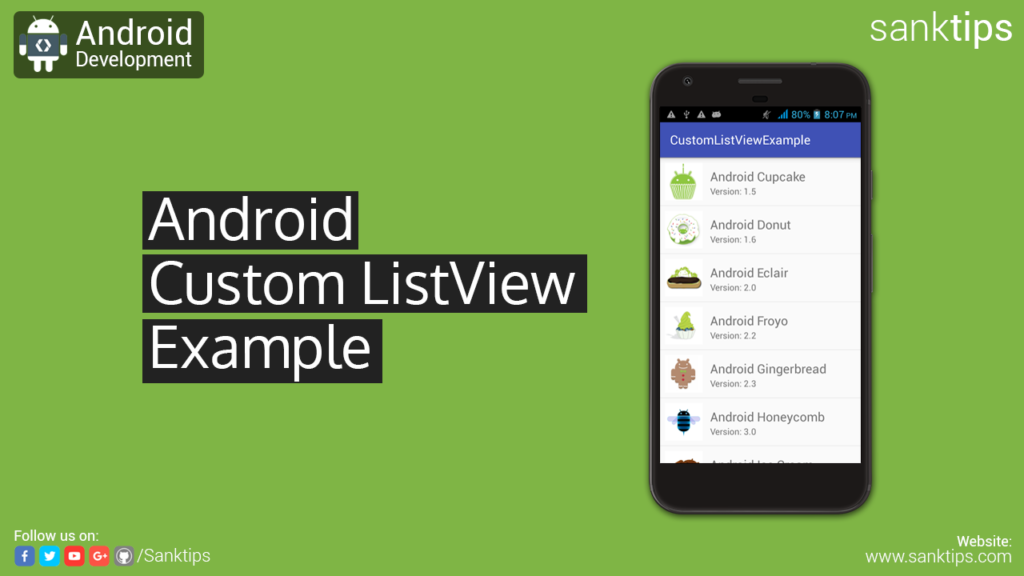

vous pouvez naviguer sur notre site et choisir le niveau qui vous. Right click in the editor and choose Generate Getter and Setter option, select the variables for which these values are to be generated. Bienvenu dans notre site web cest un site éducatif qui contient une panoplie des exercices avec solutions pour tous les niveaux (primaire,secondaire, collège, lycée et même pour les étudiants de lOFPPT au Maroc). Step 3 - Implementing the ListView in Android Application. Step 2 - Adding a User Interface in your Layout file. Step 1 - Creating a New Android Project with Kotlin in Android Studio.

Now we will be fetching data from array list using getter, Here version List is array form which data is fetched versionList.get(position).getName() // getting nameĪnd setting it to textview as ("Version Name :"+versionList.get(position).getName()) Creating Getter and Setter : I have split this article into 3 steps as follows. To work with lists that contain a large number of items, its best to use the ListView.builder.

Data version = new Data() // Creating Data object The standard ListView constructor works well for small lists. After setting data listview will be updated with data. Here, we are getting data form user and setting it to android arraylist listview as below. I have made an easy to understand interface where user will enter data and this data will be saved into Array List and this array list will be populated on a Listview using a adapter i.e., our Custom ListView adapter. First of all we will be seeing Getter and Setter i.e., Model Class, by using this we are fetching data from user and populating to our listview.


 0 kommentar(er)
0 kommentar(er)
